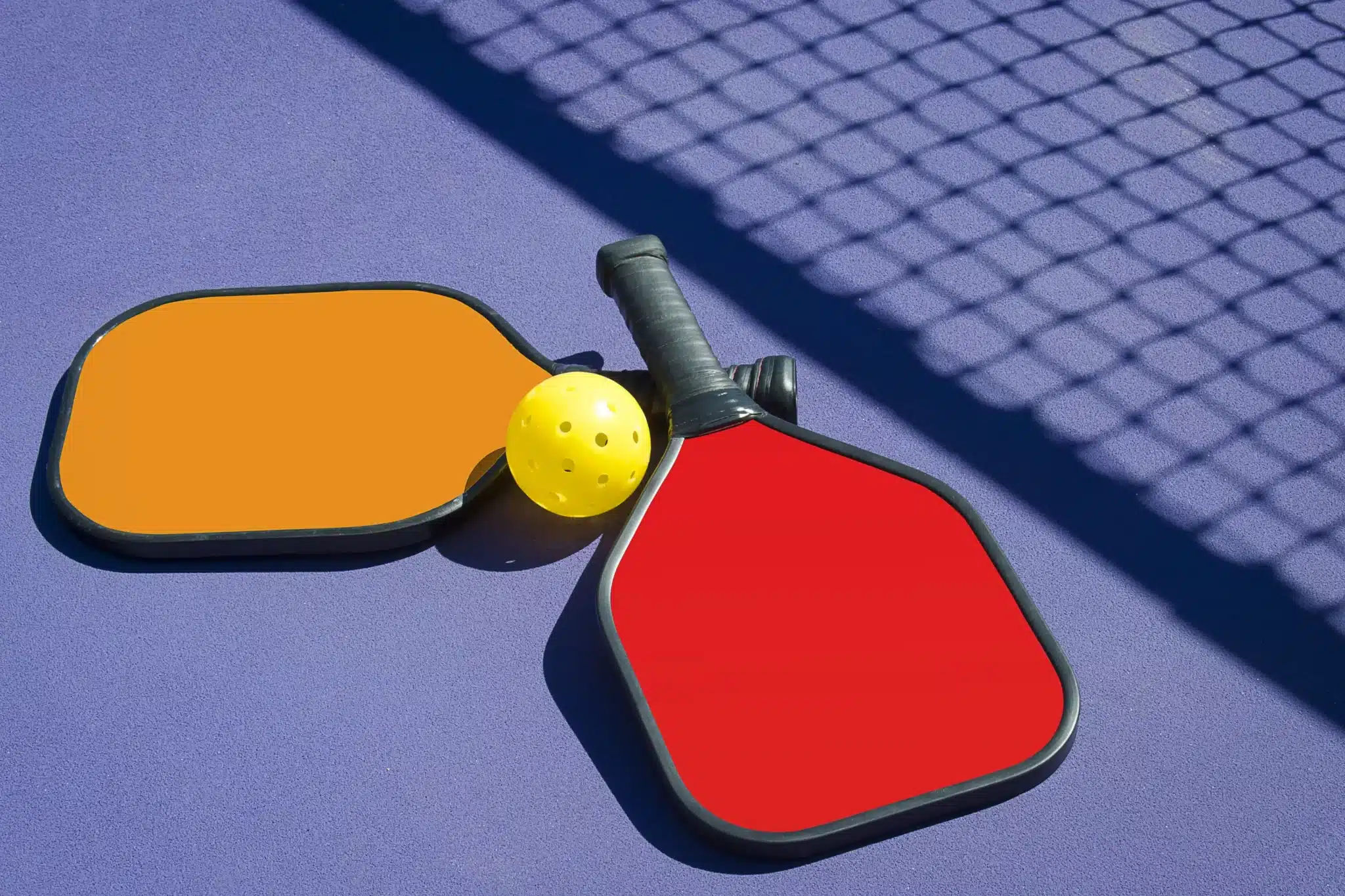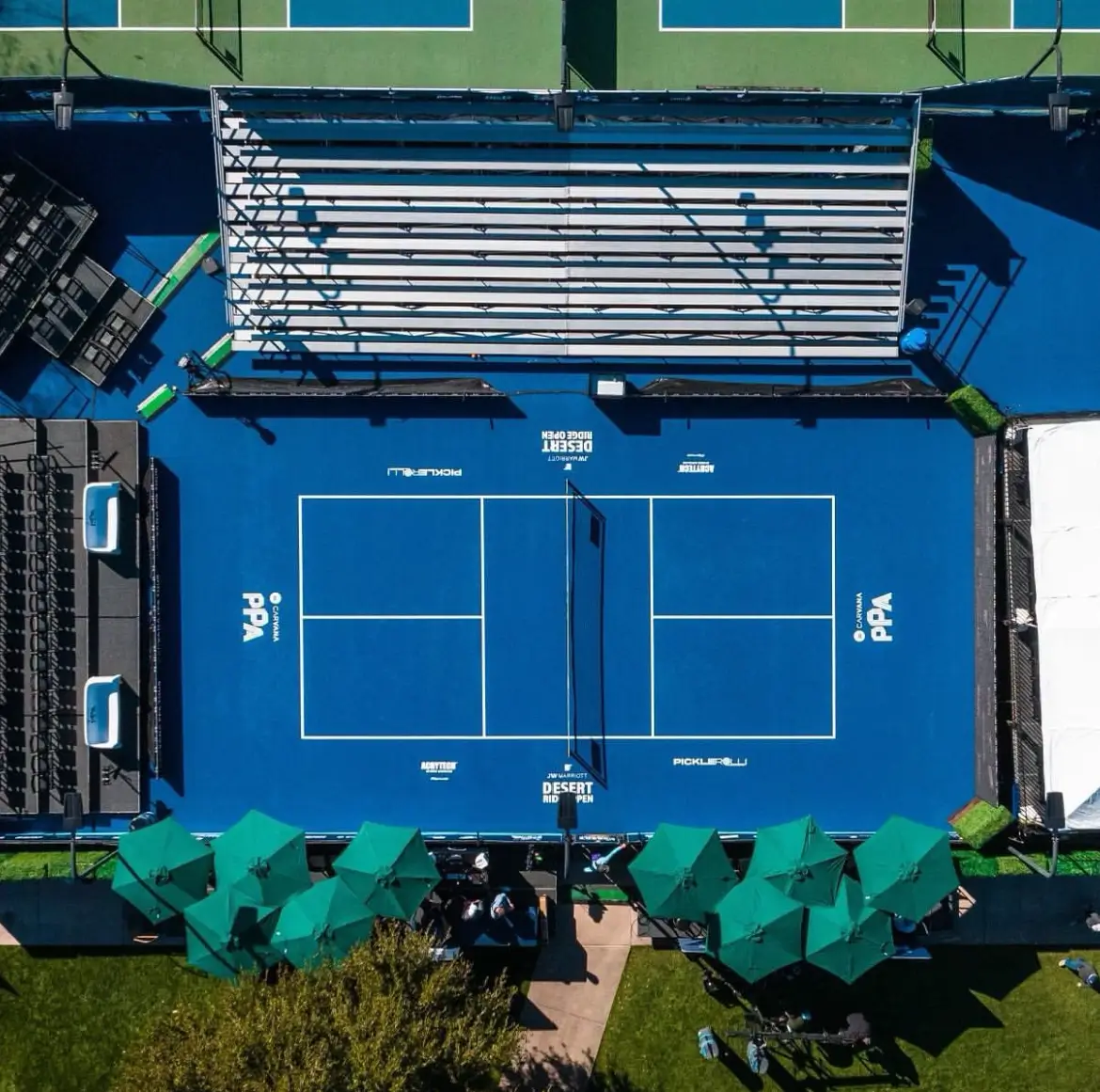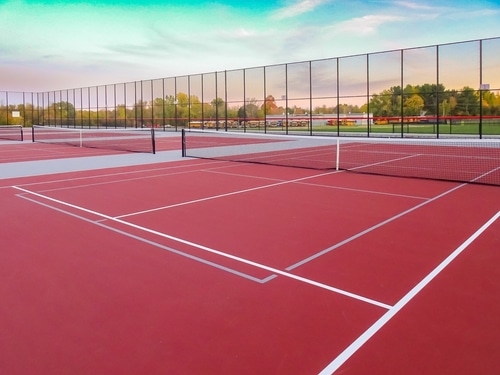What is a Delaminated Pickleball Paddle?
| March 22, 2024

What’s delamination all about?
Delamination has been a popular topic of discussion on not just the PPA Tour, but in all of pickleball.
A delaminated pickleball paddle is a paddle that has layers separating or coming apart. Paddles are typically made of layers of material, like wood, carbon fiber or polymer. Delamination occurs when the glue or adhesive which holds the layers of the paddle together breaks down or starts losing its effectiveness and the layers start to separate.
Now that we know what delamination means, let’s get into what happens and some of the issues with delaminated paddles.
What are the signs of a delaminated paddle?
There are a number of clues that may help in determining if a paddle has delaminated. Make sure to go over this checklist if you suspect yours or another’s is delaminated and ask these questions;
Does it make a sound when it hits the ball that is different from normal: Check on this by tapping the paddle or hit the ball a few times and listen for any abnormalities. Likely, a delaminated paddle will produce a hollow or very dull sound when the ball hits it.
Are there soft spots on the paddle: Press against the surface of the paddle and check closely for any noticeable difference. If you notice spots or areas that are softer than others, it’s a sure sign the paddle’s layers are separating.
Is there any peeling of the top layer or bubbling: This should be really obvious that something is going on that’s not right. This is a definite indicator the layers of the paddles are coming apart and separating.
Is the paddle surface uneven in any way: If it feels bumpy, that’s a good sign something is off. It’s a potentially delaminated paddle and should be replaced.
Is the performance of the paddle suffering: This is definitely more subjective, as the paddle is rarely the reason a player plays well or loses, but if there are regular miss-hits that are happening or the ball isn’t coming off the paddle in a standard fashion, it could be because the layers are separating.
Has the paddle shown an increased amount of power that wasn’t present before: If drives and blocks seem to be “popping” more off the paddle than usual, it’s a sign something might be wrong as well. While there are certain benefits to hitting the ball harder, if it’s not consistent with the way the player normally performs, it could be a paddle issue.
What causes delamination?
Delaminaton can happen, due to a number of factors, including when a paddle gets wet or there’s some degree of regular moisture on it. Temperatures, both hot and cold, can also impact the paddle as does regular “wear and tear.”
Delamination typically happens over time, as it usually takes awhile for the paddle layers to start separating, but unlike the original paddles which would just deteriorate, the newer paddles can actually gain power when the layers come apart, resulting in faster shots and more power.
Now what?
If you have a paddle that you suspect is delaminated, it’s generally not considered repairable. You should certainly put yourself in the market for a new paddle, not just for your enjoyment, but for the safety of others.
Why is a delaminated paddle dangerous?
A delaminated paddle can be dangerous if it’s showing more power than usual. Because the space between the core and the outside layers have separated, it creates a trampoline-like effect when the ball comes off the paddle. This results in more power and this can be a problem as the players on the court are as close as 14 from each other.
There are other factors as well.
Paddles that are delaminated lose control, could lose power and responsiveness. That can definitely lead to a player losing confidence.
In addition to paddles that “speed” up, sometimes delaminated paddles have sharp edges or areas noticeably separated. This could cause cuts or scratches to other players on the court.
A delaminated paddle could easily break in the middle of gameplay. If a paddle cracks or splinters during a match, that’s an obvious and immediate safety hazard, especially if those splintered pieces fly from the paddle onto the court or into a potential crowd.
It’s necessary for players to always be aware what shape their paddle is in.
What’s next?
In the professional game, players are required to have their paddles tested for delamination. That only makes sense, as they are playing for money and should be held to a standardized set of rules and regulations. That also helps protect the integrity of the professional game.
However, in the amateur game, played around parks or even in amateur tournaments, there is little that can be done, other than the individual policing themself.
Encouraging players to be more vigilant is necessary. That means regular checks of the paddle and an increased amount of awareness about the paddle’s performance should be a priority. Keep the paddles out of heat and cold and certainly away from moisture.
Overall, a delaminated paddle can compromise the game and performance of the player, but more importantly, it causes a safety risk to everyone involved. It’s extremely important for players to regularly check their paddle for any signs of wear and tear as well as structural damage to make sure everyone is safe and can get the most fun out of playing pickleball.
Delamination can be an issue for paddles, for high-quality pickleball paddles, visit the link.





